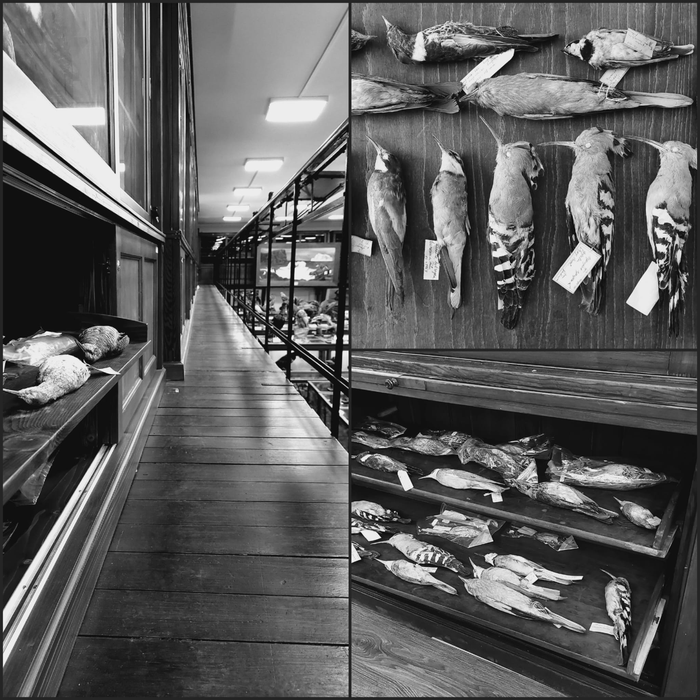Containing specimens from different locations, sometimes spanning across centuries, museum collections can teach us a lot about how some animals are built and how we can protect them. Properly labeled, preserved specimens can show us how the environment and species distribution has changed over extended time periods. Because in many cases these collections remain largely unexplored, a revision can reveal “treasures” that were hidden in plain sight for decades.

Credit: Gergely Osváth, Zsolt Kovács
Containing specimens from different locations, sometimes spanning across centuries, museum collections can teach us a lot about how some animals are built and how we can protect them. Properly labeled, preserved specimens can show us how the environment and species distribution has changed over extended time periods. Because in many cases these collections remain largely unexplored, a revision can reveal “treasures” that were hidden in plain sight for decades.
A team of ornithologists and scientists from the Zoological Museum of Babeș-Bolyai University, Milvus Group – Bird and Nature Protection Association and the Romanian Ornithological Society, headed by Gergely Osváth, set out to revise the ornithological collection in the Zoological Museum of Babeș-Bolyai University, Cluj-Napoca, Romania, checking the species identification of the bird skin specimens to provide an updated catalogue.
“The collection is unique in the region in many ways: it covers a long time span, it contains a variety of species, belonging to different families and orders, and it is composed of the work of several naturalists and employees of the museum”, Osváth says. “Due to its historical background and the presence of rare species, it is considered to be one of the most important ornithological collections in Eastern Europe.”
First, the researchers examined each bird skin and the data cards documenting the identification, locality, date, sex and catalogue number. Afterwards, they checked the species identification of specimens, determining the sex and age of birds where possible. They also updated the scientific names and taxonomy of birds. In addition, they provide a map representation with new distribution data for bird species, offering valuable information on the status of the avifauna of the Carpathian basin in the 19th and 20th centuries.
Published in the open-access journal ZooKeys, this is the first time that all those specimen data are made public.
The collection includes 925 specimens, belonging to 193 species, that were collected between 1859 and 2021. Perching birds (Passeriformes) were the best represented bird order, with 487 specimens, and 93.6 % of the specimens with known data were collected from Transylvania.
By far, the most interesting specimens were the rare ones, such as specimens of Cinereous Vulture (Aegypius monachus), Eastern Imperial Eagle (Aquila heliaca), Lesser Kestrel (Falco naumanni), all collected between 1903 and 1907 from Transylvania.
With updated information on the taxonomy and morphology of birds in Transylvania, the researchers hope this new catalogue can serve as a basis for valuable ornithological studies.
Original source:
Osváth G, Papp E, Benkő Z, Kovács Z (2022) The ornithological collection of the Zoological Museum of Babeș-Bolyai University, Cluj-Napoca, Romania – Part 1: the catalogue of bird skin specimens. ZooKeys 1102: 83-106. https://doi.org/10.3897/zookeys.1102.79102
Journal
ZooKeys
DOI
10.3897/zookeys.1102.79102
Article Publication Date
19-May-2022




